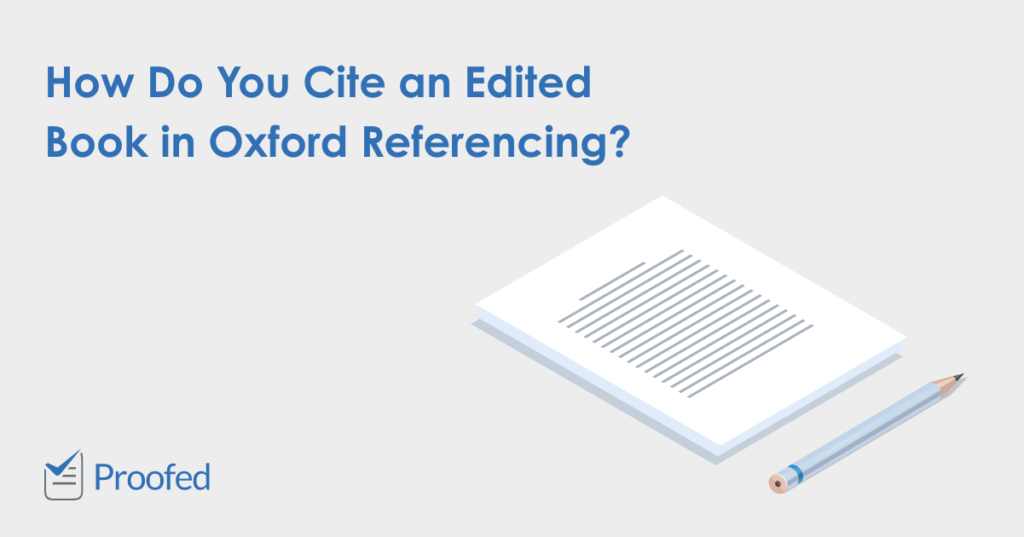Sometimes we have to share. As a student, for example, you might share a house with friends. You might even find yourself ‘sharing’ food with your housemates if they come home drunk one night and eat all of your cheese without asking.
We still mourn the loss of that cheese.(Photo: Nick Youngson)
Academics, meanwhile, often have to share space in a textbook. As such, you need to know how to cite a chapter from an edited book. Let’s look at how to do this with Oxford referencing.
In-Text Citations
Oxford referencing is a footnote and bibliography system, so citations are indicated with superscript numbers in the main text:
Which looks something a little like this.1
In the accompanying footnote, you then need to give the following information:
n. Chapter Author’s Initial(s). and Surname, ‘Chapter Title’, in Editor’s Initial(s). Surname (ed.), Book Title, publisher, place of publication, year, page number(s).
In practice, a footnote for a chapter from an edited book would look something like this:
1. M. L. Rosenzweig, ‘Do Animals Choose Habitats?’, in M. Berkoff and D. Jamieson (eds.), Readings in Animal Cognition, Bradford Books, Cambridge, 1999, p. 189.
The page numbers here are the specific section you’re citing in your work. The complete page range for the chapter will then be given in your bibliography.
Find this useful?
Subscribe to our newsletter and get writing tips from our editors straight to your inbox.
For repeat references, you can use a shorter citation format after the first citation of a source. This usually involves either:
- Giving just the author’s surname and a new page number.
- Using the Latin abbreviations ‘ibid.’, ‘op. cit.’ and ‘loc. cit.’
Check your style guide for more information on which approach to use.
Bibliography
In your bibliography, all cited sources should be listed with full publication information, sorted alphabetically by author surname. For a chapter from an edited book, this includes:
Author Surname, Initial(s)., ‘Chapter Title’, in Editor’s Initial(s). Surname (ed.), Book Title, publisher, place of publication, year, complete page range.
As you can see, this is similar to the first footnote. The differences are that you need to give the author’s surname first and include the page range for the entire chapter. In practice, the chapter cited in the examples above would therefore appear as:
Rosenzweig, M. L., ‘Do Animals Choose Habitats?’, in M. Berkoff and D. Jamieson (eds.), Readings in Animal Cognition, Bradford Books, Cambridge, 1999, pp. 185–199.
A Note on Oxford Referencing
In this post, we’ve set out the basics of how to cite a chapter from an edited book using Oxford referencing. However, this system can differ among universities. As such, always check your style guide for advice on how to present references.
